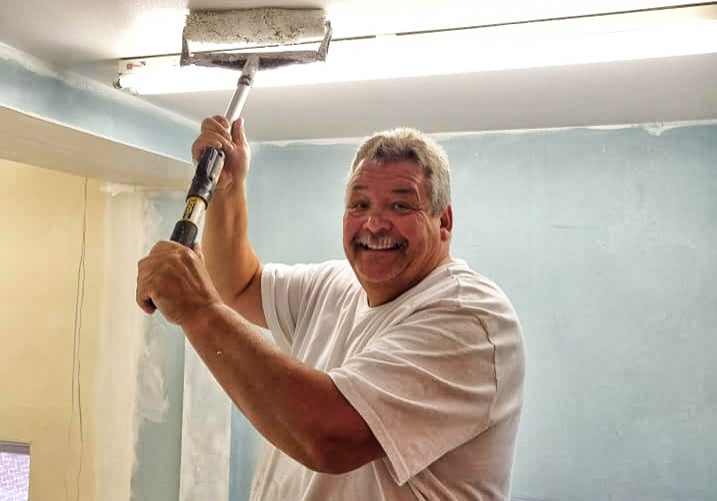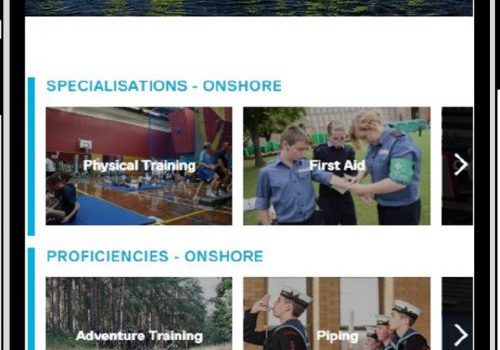Careers: how to become an aircraft engineer
Former Fleet Air Arm engineer Laura O’Neill tells us about the ups and downs of working on an aircraft carrier and the skills you need to do it
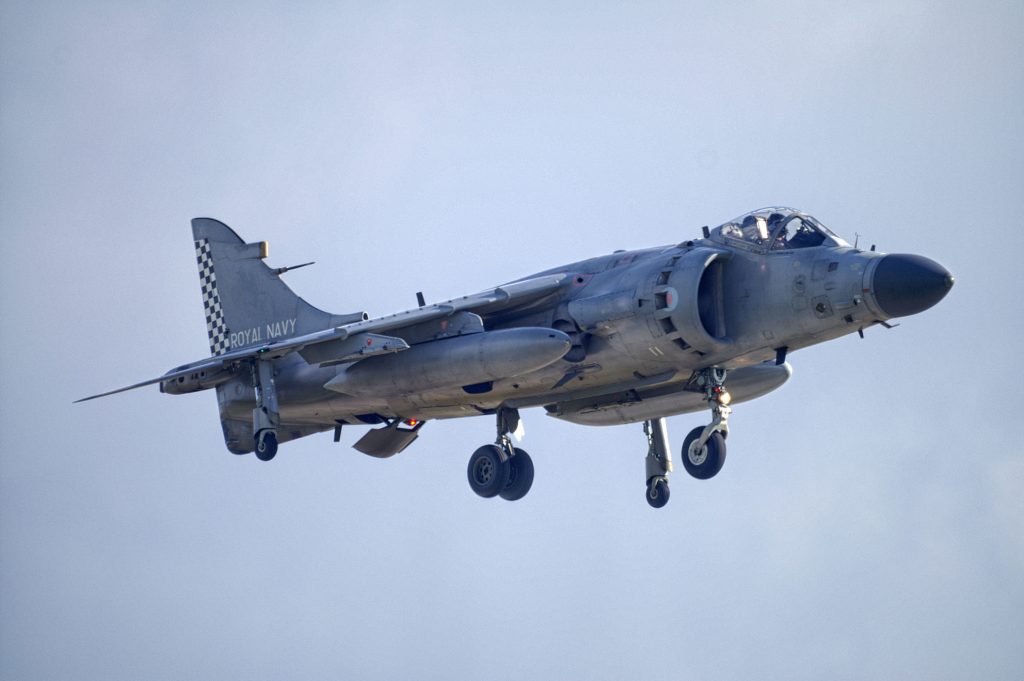
When did you know you wanted to be an aircraft engineer?
For as long as I can remember. I come from a long line of engineers and, having been a sea cadet for many years, I knew about the different jobs within the Royal Navy. Working on aircraft seemed by far the most exciting option. Being a cadet before joining up also meant I already knew how to march, iron my kit and bull my boots. This took a great deal of pressure off me for those first few months of training at HMS Raleigh.
What inspired you to pursue this career?
A huge reason was the fact that you can travel and get paid while you train. I became an artificer apprentice (a member of the armed forces skilled in electronic and mechanical devices) and took up every opportunity.
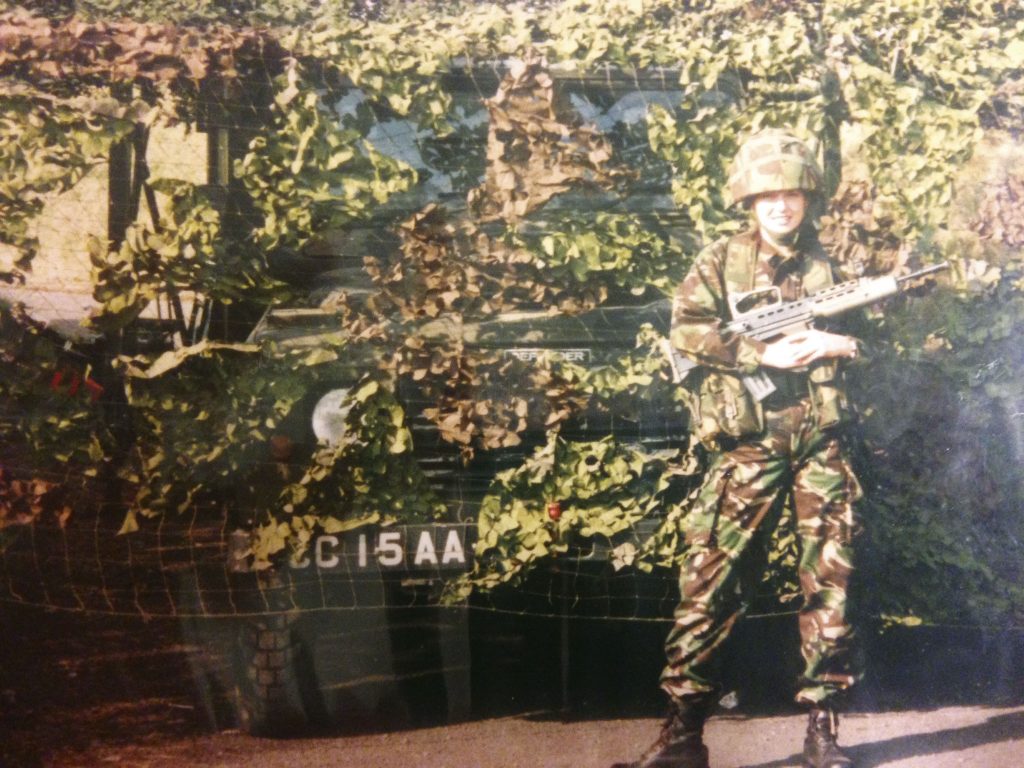
What did your role involve?
As a watch chief on a busy squadron, it was my responsibility to ensure all maintenance and repairs were done in preparation for the day’s flying programme, allocating tasks to the various engineers. You also have to make sure each aircraft is fitted with any equipment needed for individual sorties (missions). For example, a hoist must be fitted for carrying out search and rescue tasks.
“The teamwork I learned during my time as a sea cadet was an essential part of being at sea”
What was the best part of the job?
The world-wide travel. My favourite place I went to was Perth in Australia. I was on both the ladies and mixed RN volleyball teams. We went out there to take part in the Australian Defence Force national tournament. It was a wonderful experience to play against members of the Australian navy, army and air force. The military is a ‘work hard, play hard’ environment.
What was the most challenging part of the job?
Sometimes when we were deployed, the aircraft would have a fault that required specialist help
or parts that you cannot get easily when thousands of miles away from the UK. The teamwork I learned during my time as a sea cadet was an essential part of being at sea. We worked long hours, at times in very uncomfortable environmental conditions, and we all had a part to play in getting the aircraft flying.
Would you recommend it as a career?
Absolutely, there is always something happening to keep the job interesting. On deployment the aircraft is the ship’s primary weapon system, so it is vital for the ship’s operational capability. Each flight member has to have resilience to keep the aircraft serviceable and ready for flight.
What are you doing now?
Unfortunately I was medically discharged from service in 2018 following nine years of treatment for breast cancer. I was diagnosed in 2009 and that stopped me from being able to deploy. The only regret I have about my career is that I didn’t make it to Warrant Officer before I was discharged. My current job is as a Learning and Outreach Officer for Poppyscotland, a Scottish charity for veterans. I go to schools and youth groups to teach young people about the history of the poppy and why veterans still need the help of the Poppy Appeal, even in these modern times.

Find out more
The Fleet Air Arm includes maintenance engineers, aircrew and support roles that are essential for nautical aviation. Learn more on the Royal Navy careers website.
Images: Laura O’Neill, Getty Images
More Advice
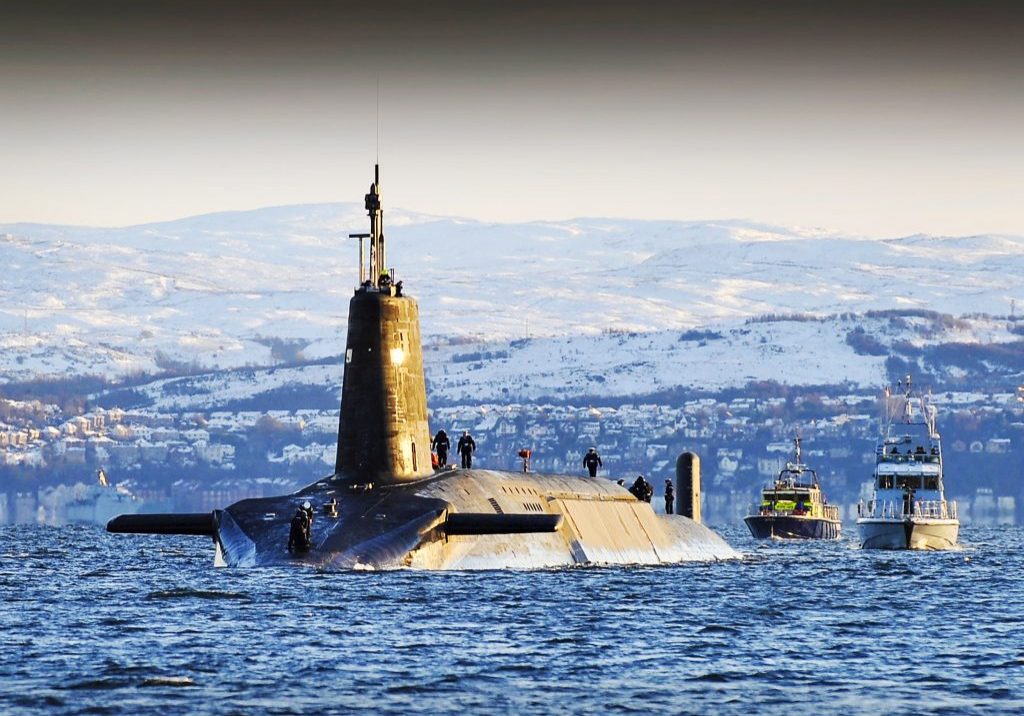
Careers: How to become a submariner
Ever wondered what it’s like to work underwater? Mechanical engineer Lt. Isobel Rawlinson talks about her role, and rowing across the Atlantic

